House of Lee Young-choon (이영춘가옥)
14.2 Km 28660 2024-04-07
7, Donggaejeong-gil, Gunsan-si, Jeonbuk-do
+82-63-454-3922
The House of Lee Young-choon was constructed by
a Japanese landlord named Kumamoto during the Japanese colonial era. The house combined Western, Korean, and Japanese into one structure. After Korean liberation, Dr. Lee Young-choon, the first medical doctor, lived in the house. From that time, the house was referred to as the
House of Lee Young-choon.
Thanks to its beautiful exterior, the house was used as a backdrop for films such as Bingjeom, Sandglass, and Yain Shidae, etc.
The doctor was considered the Korean "Albert Schweitzer", and his
pen name of "Ho", referring to ssangcheon,
means "two branches of spring water, represents one for healing physical disease and the other for healing the
spirit. He was born in Yonggang-gun, Pyeongannam-do in October 1903. In 1935,
through a connection by his professor at Pyeongyanggobo School, he took a position
as the head of Jahye Hospital to take care of 20,000 people. In addition, he was the first person
in Korea to implement the policy of school nurses as well as the medical insurance union.
Gunsan Geumgang Estuary Bank (금강하구둑(군산))
14.8 Km 39486 2024-04-07
120, Cheolsae-ro, Gunsan-si, Jeonbuk-do
+82-63-454-3353
Geumgang Estuary Bank was completed in 1990 as part of an agricultural development project for 6 cities and counties in Chungcheongnam-do and Jeollabuk-do. The Korea Agricultural and Rural Infrastructure Corporation invested approximately 100 billion won for the project and the construction lasted for 8 years. The estuary bank can hold up to 130 million tons of water. The 1,840-meter long bank serves a bridge that connects Chungcheongnam-do to Jeollabuk-do.
Aside from being the source of water for agricultural and industrial use in Jeollabuk-do and Chungcheongnam-do, the bank also provides flood control for the area around Geumgang River. It helps keep Gunsanhang Port operational by preventing soil
and sand from accumulating at the mouth of the river. It also prevents the backwash of seawater from causing damage to farmlands. Geumgang Estuary Bank has an important role as a tourist destination by connecting Gunsan and Janghang.
Gyegok Garden Kkotgejang (계곡가든꽃게장)
15.1 Km 27613 2024-04-07
470 Geumgang-ro, Gaejeong-myeon, Gunsan-si, Jeonbuk-do
Gyegok Garden Kkotgejang is a restaurant sought after by food enthusiasts nationwide, renowned as the first establishment in the country to patent gejang (marinated crab) cuisine. Originally selling dwaeji galbi (grilled pork galbi), the restaurant's main dish shifted to crab after its exceptional kkotge jang (soy sauce marinated crab) side dish garnered increasing attention from customers seeking gejang delicacies. The secret to its flavor lies in the authentic soy sauce, aged with 16 medicinal herbs, and the plump meat of female crabs. Customers can enjoy gejang with minimal fishy or salty taste, instead relishing in the rich and savory flavor of the crab.
Maryangpo Sunset & Sunrise Festival (마량포 해넘이 해돋이축제)
17.8 Km 9945 2020-02-12
56, Seoin-ro, Seocheon-gun, Chungcheongnam-do
• 1330 Travel Hotline: +82-2-1330 (Korean, English, Japanese, Chinese) • For more info: +82-41-952-9525
Maryang-ri on the western coast of Korea is a unique place where you can catch both the sunrise and sunset over the ocean. To celebrate this natural event, the Maryangpo Sunrise & Sunset Festival is held December 31 to January 1 every year. Visitors here will witness a very special miracle of nature, as they celebrate the old year and welcome in the new one.
Manghaesa Temple (망해사)
18.0 Km 13171 2024-04-07
94, Simpo 10-gil, Gimje-si, Jeonbuk-do
+82-63-540-3324
Manghaesa Temple is located at the edge of the Gimje Plains before the sea. The temple stands at the summit of Jinbongsan Mountain. The temple was named for the view of the ocean and the fields of rice. The temple was established by the great monk Buseol Geosa during the 2nd year of King Uija of Baekje (AD 642). Years later, Dobeopsa (a Chinese monk from the Tang dynasty) renovated the temple. The temple was altered again during the reign of King Injo of the Joseon dynasty when the great monk Jinmuk Daesa built Nakseojeon Hall in 1589. Bogwangjeon Hall and Chilseonggak Pavilion were built much later in 1933. Manghaesa Temple is unique in that it is the only temple where the distant horizon is visible over both land and sea. Nearby attractions include a walking path through a field of reeds by Mangyeonggang River and views of the sunset over the sea.
Seocheon Maryang-ri Camellia Forest (서천 마량리 동백나무 숲)
18.7 Km 30355 2022-12-26
103, Seoin-ro 235beon-gil, Seocheon-gun, Chungcheongnam-do
+82-41-952-7999
One of the eight scenic views of Seocheon, Maryang-ri Camellia Forest is designated as a Natural Monument. The lush forest covers an area of 8,265 ㎡ with the trees being nearly 500 years old. The best time to enjoy the camellias is from late March to early May. Dongbaekjeong Pavilion standing at the peak of the hill offers a beautiful view of the nearby Oryeokdo Island in the blue sea and is also a prime spot for taking in the sunset.
The western side of the forest has few remaining trees, but the eastern side is still lush with over 70 trees. While camellia trees typically grow to be 7 meters tall, the strong sea breeze has caused the trees in this forest to have a stunted growth of just 2 meters, as well as growing at a slant.
Seosan Hoegwan (서산회관)
19.1 Km 23412 2024-02-22
318 Seoin-ro, Seo-myeon, Seocheon-gun, Chungcheongnam-do
041-951-7677
Seosan Hoegwan is a webfoot octopus specialty restaurant located right in front of the tidal flats. The webfoot octopus caught here, using conch shells to attract them, is exceptionally fresh and flavorful. Popular dishes include jukkumi cheolpan bokkeum (stir-fried webfoot octopus on hot iron plate) and jukkumi shabu shabu (webfoot octopus shabu-shabu) with the peak season lasting from February to early May. Additionally, various seafood dishes such as ureoktang (spicy rockfish stew), kkotgetang (spicy blue crab stew), and nakji tangtangi (chopped live octopus) are available. Nearby attractions include Seocheon Coastal Glamping Site and the beach.
Munheon Hotel [Korea Quality]문헌전통호텔[한국관광 품질인증]
19.4 Km 1 2023-12-04
49-1 , Seowon-ro 172beon-gil, Seocheon-gun, Chungcheongnam-do
+82-41-953-5896
Munheon Hotel is a hanok stay in Seocheon, Chungcheongnam-do. Wooden floors and beams, earthen walls and stone footings, ondol-heated floors and wooden patios - these are the distinctive features that make hanok so deeply unique. All four buildings in the hotel have these features; each has two comfortable guest rooms, and it’s also possible to rent the entire hotel for groups or conferences.
Munheonseowon Confucian Academy (문헌서원)
19.5 Km 7460 2020-06-18
66, Seowon-ro 172beon-gil, Seocheon-gun, Chungcheongnam-do
+82-41-953-5895
Munheonseowon Confucian Academy was established to pay tribute to the memory of Lee Gok (1298-1351) and Lee Saek (1328-1396) who were well-respected for their writings and character. The school was originally built in 1594, but was burnt down during the Imjin War (1592-1598). It was rebuilt in 1610 and became a legislated private institute in 1611.
The academy consists of an educational area and a shrine. Mortuary tablets of five Confucian scholars including Lee Jong-hak, Lee Ja, Lee Gae as well as Lee Gok and Lee Saek were enshrined at the school.
Hansan Ramie Fabric Cultural Festival (한산모시문화제)
19.9 Km 24172 2024-03-28
1089 Chungjeol-ro, Seocheon-gun, Chungcheongnam-do
+82-41-950-4256
Hansan Ramie Fabric Cultural Festival continues the tradition of recognizing Hansan ramie fabric, or "mosi" in Korean, registered as a UNESCO Intangible Cultural Heritage of Humanity. Visitors can experience weaving traditional Korean natural fiber as well as try on mosi clothing. Various other programs and events are planned including a fashion show, designer competition, and more.
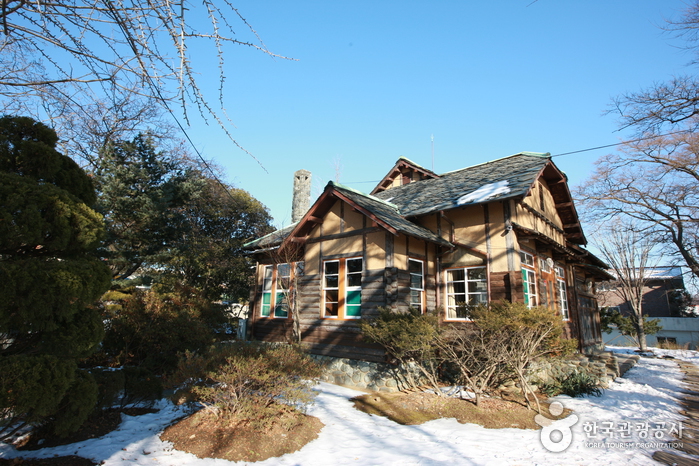
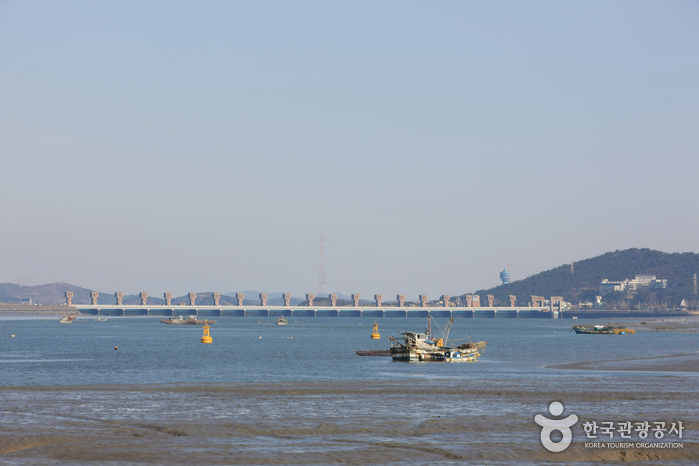
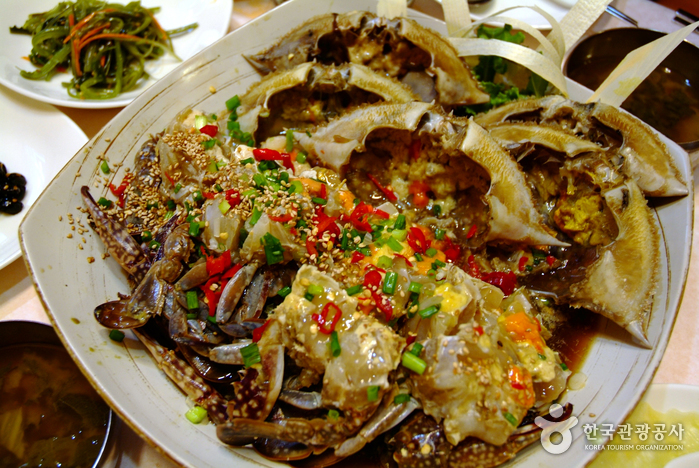
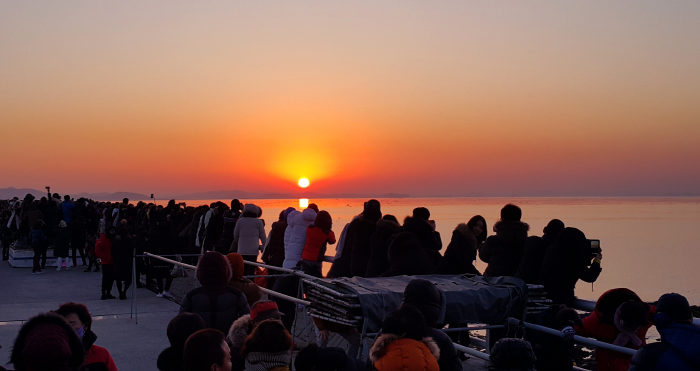
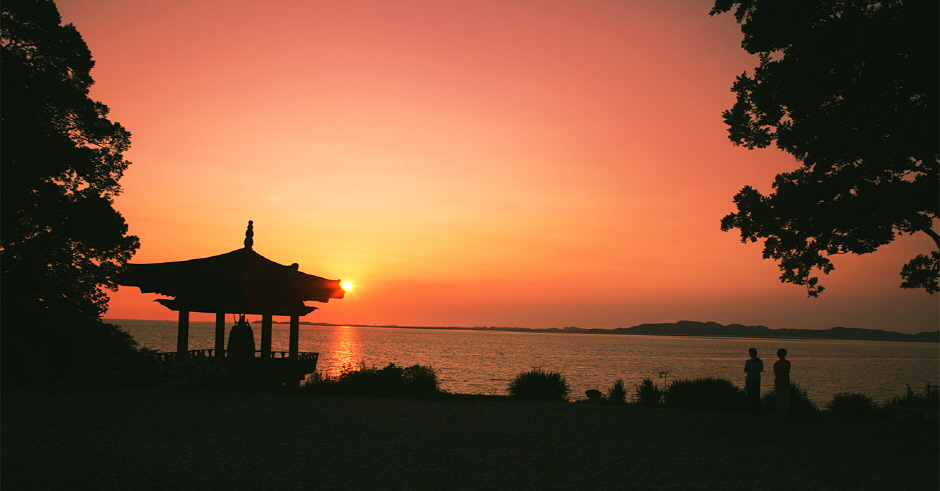
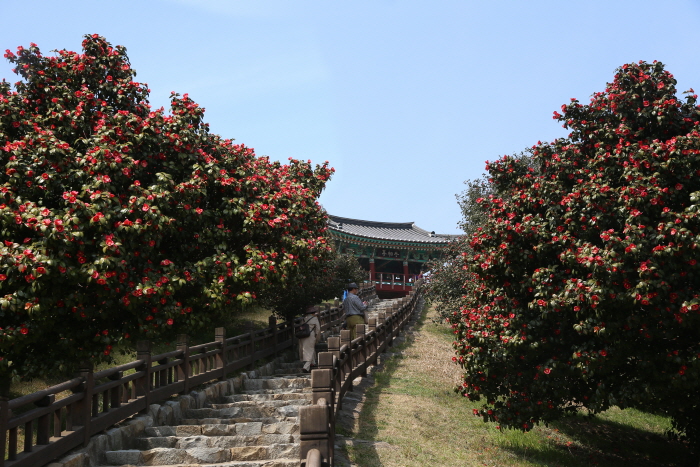
![Munheon Hotel [Korea Quality]문헌전통호텔[한국관광 품질인증]](http://tong.visitkorea.or.kr/cms/resource/63/3042263_image2_1.jpg)
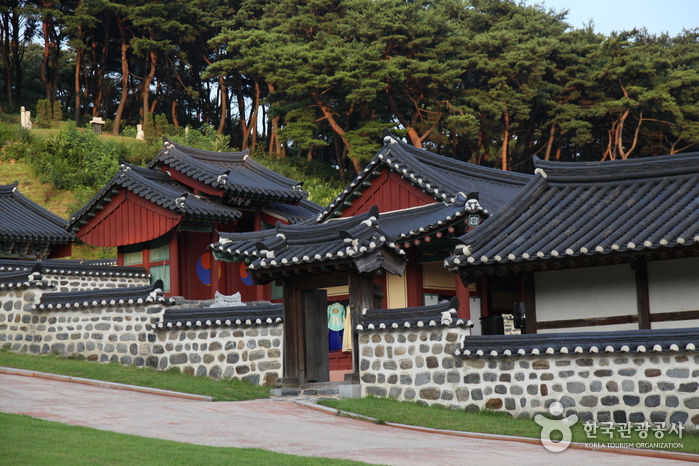
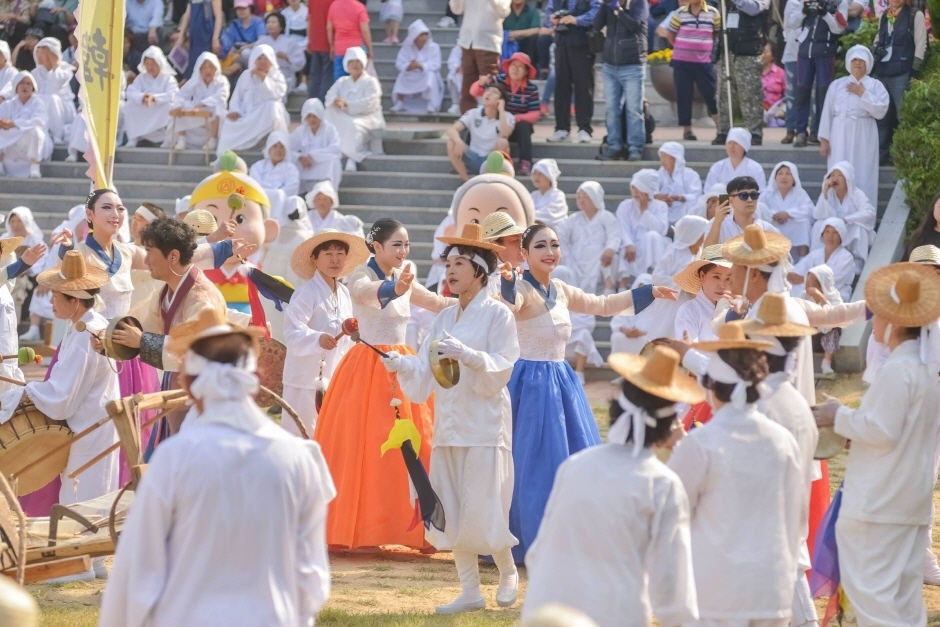
 English
English
 한국어
한국어 日本語
日本語 中文(简体)
中文(简体) Deutsch
Deutsch Français
Français Español
Español Русский
Русский